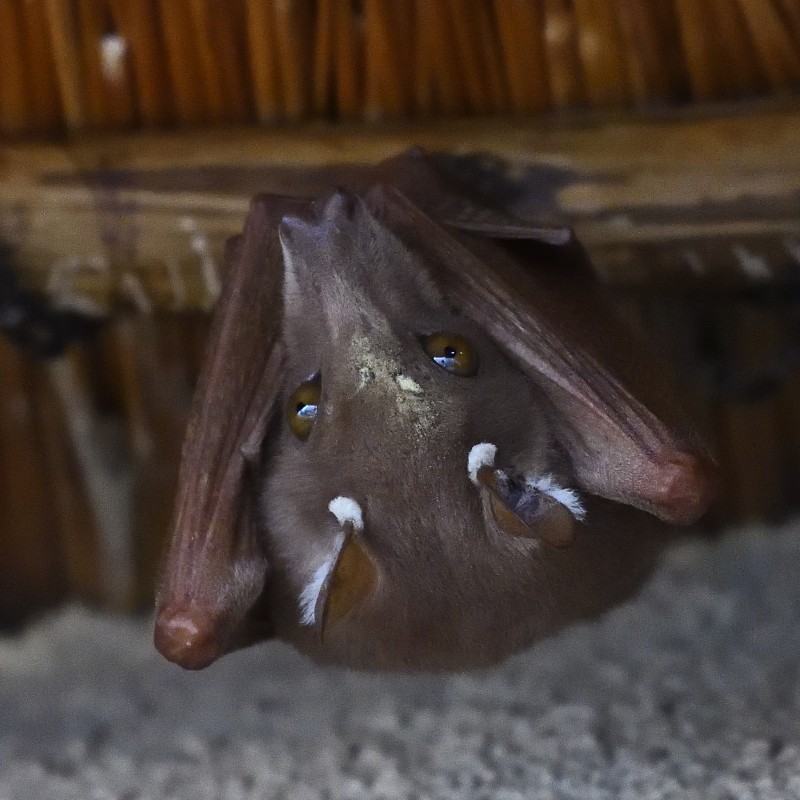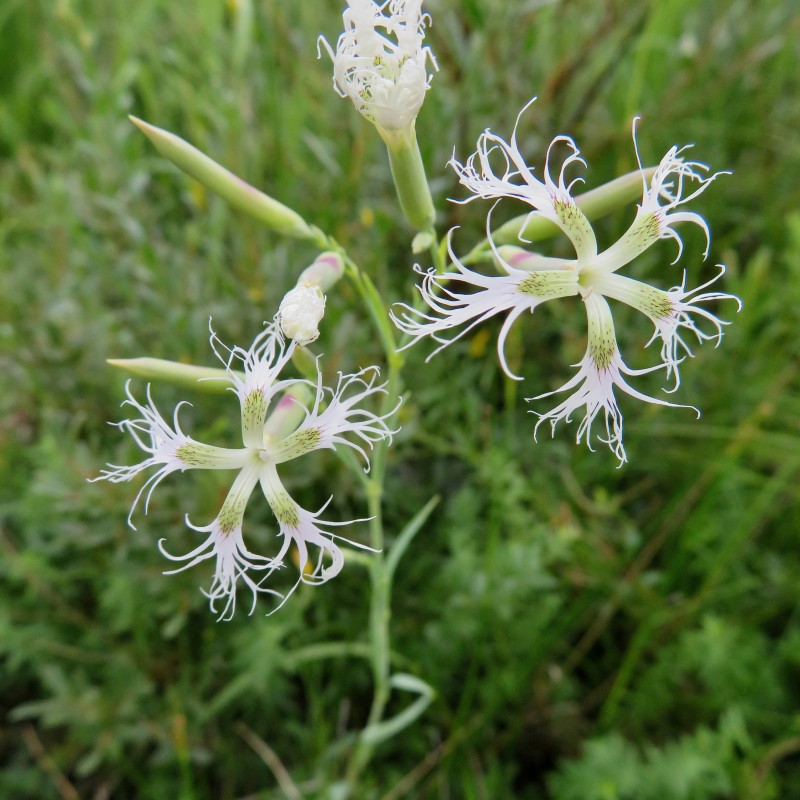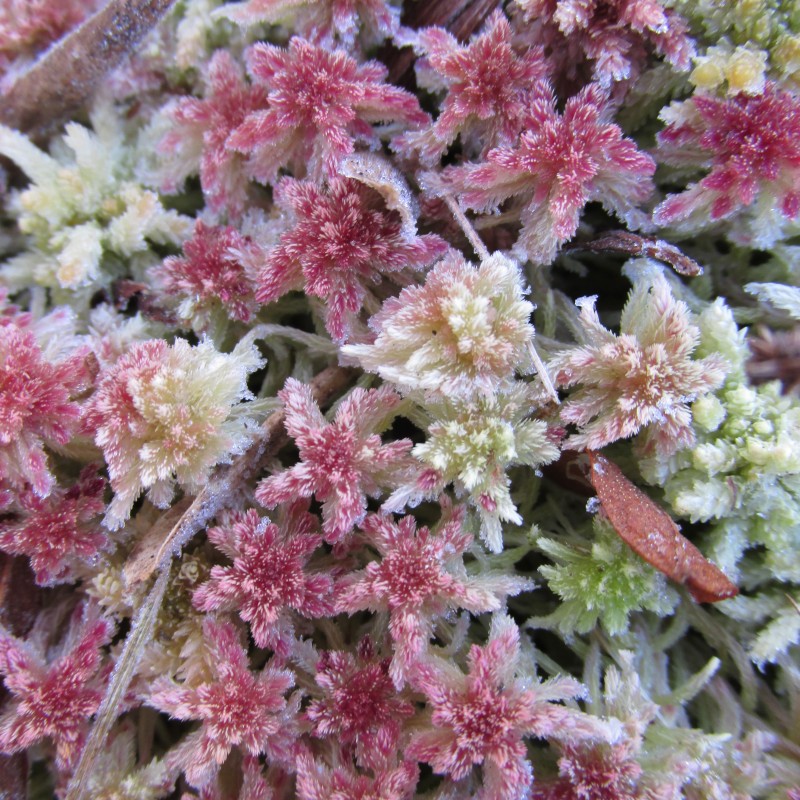NHM Vienna digitizes 10,000 additional collection objects within the EU project Synthesys+
09. October 2020
Among other things, the EU project "Synthesys+" promotes the digitization of scientific collections to support scientific
research. The Natural History Museum Vienna is currently involved with three projects and records bats, carnations and peat
mosses in databases.
"Synthesys+" (Synthesis of Systematic Resources)
is a project of the European Union that creates an integrated European infrastructure for scientific collections and also
promotes the digitization of collection holdings.
In spring 2020, calls for proposals for "Virtual Access" - virtual access to collections - were launched, allowing scientists to apply for the digitization of collection objects from European natural history museums.
Out of a total of 30 applications submitted, five were selected for funding: NHM Vienna is involved in three of these applications. "Thanks to this funding, it is now possible to digitize around 10,000 collection objects from the NHM Vienna and to make the digitized objects available to the public," says Director General Dr. Katrin Vohland, pleased with the company's successful applications.
The museum's important collections benefit significantly from this. Not only can analog loan transactions and travel by researchers to collection objects be minimized, the greatest advantage is that the digital data sets and images can be viewed by researchers around the world and are also available at any time.
Currently, the NHM Vienna is working on the following three projects:
For the project "COVID-19 Chiropteran knowledge base", bats from the collections of nine of the most important natural history museums throughout Europe - including 1,750 bats from the NHM Vienna - will be recorded in an extensive database over the next few months. Since about 200 coronaviruses have been detected in bats so far, this database provides an essential basis for the study of bat-coronavirus-human interaction. "This underlines once again the inestimable value of natural history collections, but also the digitization of these collections in order to be of advanced use for current research. In order to specifically accelerate research on COVID 19 by opening the databases, we also support the Manifesto for Covid Research of the European Commission", confirms Director General Katrin Vohland.
Two projects are based in the Botanical Department: All herbarium specimens of carnations (genus Dianthus) will be photographed for the project "Digitisation of Dianthus collections" and published via the portal "JACQ". In addition, peat mosses from Greenland will be digitized for the project "Digitisation of Greenlandic peat moss (Sphagnum) collections from four herbaria" and made available via the same portal. This involves a total of almost 8,000 digitized items.
Related Links:
Synthesys+ – Synthesis of Systematic Ressources
Virtual Access
JACQ
In spring 2020, calls for proposals for "Virtual Access" - virtual access to collections - were launched, allowing scientists to apply for the digitization of collection objects from European natural history museums.
Out of a total of 30 applications submitted, five were selected for funding: NHM Vienna is involved in three of these applications. "Thanks to this funding, it is now possible to digitize around 10,000 collection objects from the NHM Vienna and to make the digitized objects available to the public," says Director General Dr. Katrin Vohland, pleased with the company's successful applications.
The museum's important collections benefit significantly from this. Not only can analog loan transactions and travel by researchers to collection objects be minimized, the greatest advantage is that the digital data sets and images can be viewed by researchers around the world and are also available at any time.
Currently, the NHM Vienna is working on the following three projects:
For the project "COVID-19 Chiropteran knowledge base", bats from the collections of nine of the most important natural history museums throughout Europe - including 1,750 bats from the NHM Vienna - will be recorded in an extensive database over the next few months. Since about 200 coronaviruses have been detected in bats so far, this database provides an essential basis for the study of bat-coronavirus-human interaction. "This underlines once again the inestimable value of natural history collections, but also the digitization of these collections in order to be of advanced use for current research. In order to specifically accelerate research on COVID 19 by opening the databases, we also support the Manifesto for Covid Research of the European Commission", confirms Director General Katrin Vohland.
Two projects are based in the Botanical Department: All herbarium specimens of carnations (genus Dianthus) will be photographed for the project "Digitisation of Dianthus collections" and published via the portal "JACQ". In addition, peat mosses from Greenland will be digitized for the project "Digitisation of Greenlandic peat moss (Sphagnum) collections from four herbaria" and made available via the same portal. This involves a total of almost 8,000 digitized items.
Related Links:
Synthesys+ – Synthesis of Systematic Ressources
Virtual Access
JACQ




